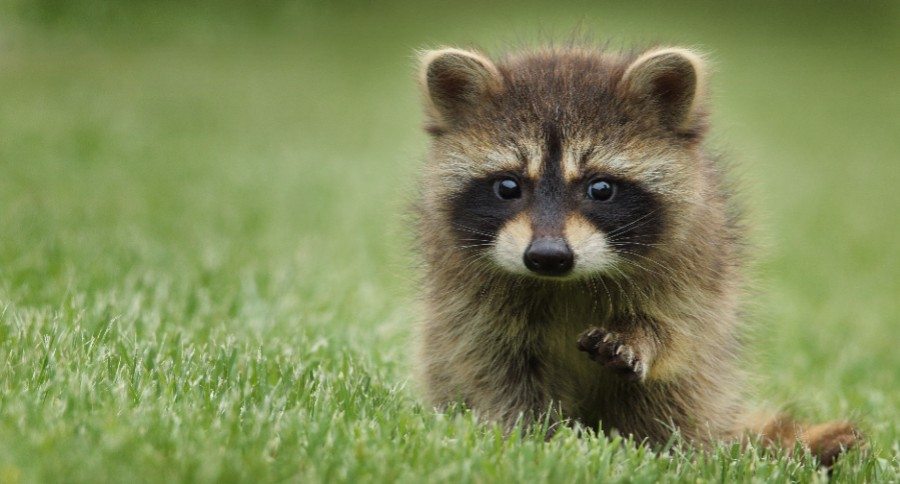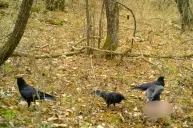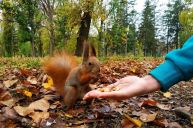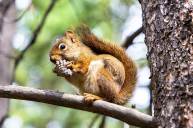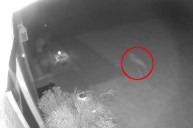Opossums and raccoons not catching your kids' interest anymore? Wow them with these fun facts!
With the internet and a world of information at their fingertips, it's easy to skip over the critters in our own backyards and jump right to lions and tigers. It makes the good old muskrat seem dull by comparison. But you don't have to go to the Congo to find an amazing animal, you just have to know what to look for.
1. Raccoon's palm whiskers
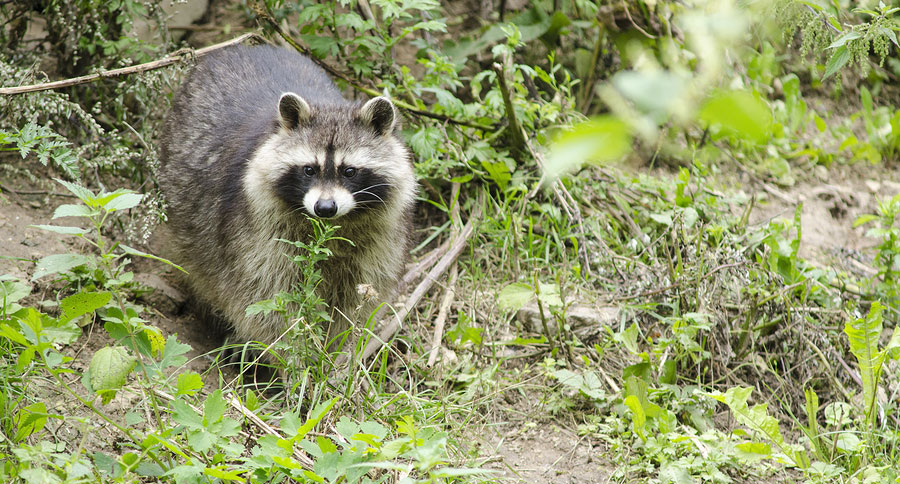
Those little bandits knocking over your trash? They have an amazing sense of touch! Whiskers, called vibrissae, located on their palms allow them to identify objects before their skin actually touches it.
This means that when a raccoon has their hand down in a crawdad hole or in muddy water, they can keep a lookout around them while still knowing exactly what they've got their hands on.
2. Grey Foxes and the scent of violets

Grey foxes are already an oddball since they are actually more closely related to sea lions than they are to the red fox. But did you know that the musk they use to mark their territory is almost the same chemical composition as violets? It doesn't smell like flowers though because it's so concentrated!
3. Speaking of foxes, have you checked the trees?
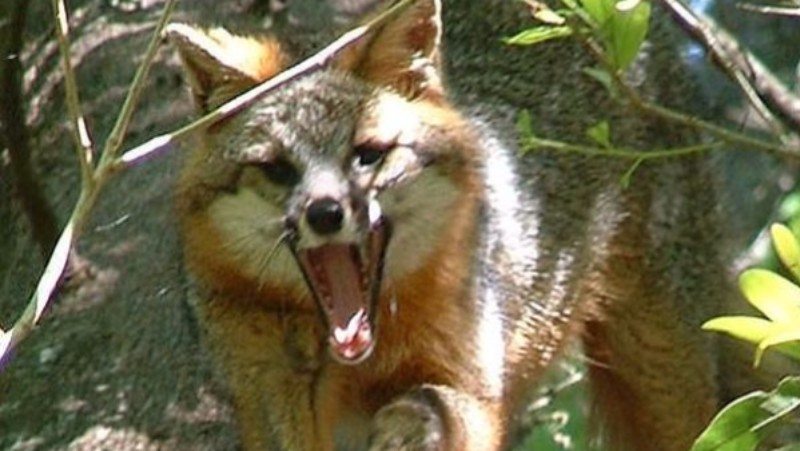
If you're thinking you haven't seen a grey fox, it may be that you aren't looking high enough.
While red foxes lack the claws to be great climbers, grey foxes are built a little differently. Their hooked claws mean they can scramble up a tree with no problem.
4. Opossums and disease prevention
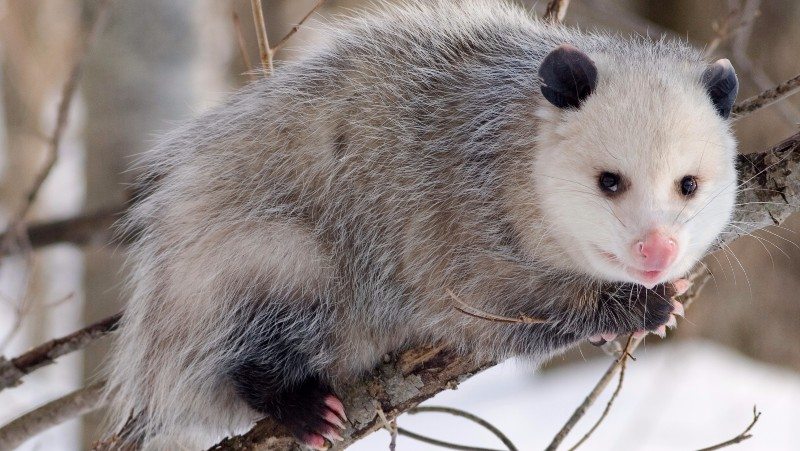
Opossums get a bad reputation for being dirty and diseased. While they may be dirty (they do eat carrion), they are usually far from diseased!
Opossums actually have a very slow metabolism and naturally low body temperature for mammals. So "low and slow" in fact, that most diseases simply die out in their bloodstream. They are eight times less likely to carry rabies than a dog!
5. Beavers make mailboxes
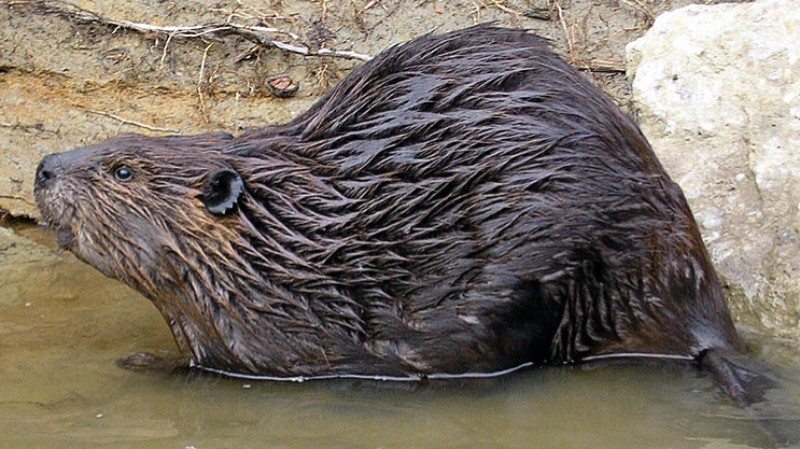
Beavers are notorious for building some of the most advanced homes in the animal kingdom. And like people, they aren't home every minute of every day.
So how do beavers let others know who lives where? They build castor mounds!
This beaver equivalent of a mailbox is a pile of mud and debris that the resident beaver then marks with their own unique musk, called castoreum. This lets other visitors know the lodge belongs to them.
Oh, and if you're panicked that your mom made you drink castor oil as a kid and are thinking you drank something that came out of a beaver, note that castor oil and castoreum are two totally different things. Castoreum is used in some perfume bases, though!
6. Otters, cute critters or home wreckers?
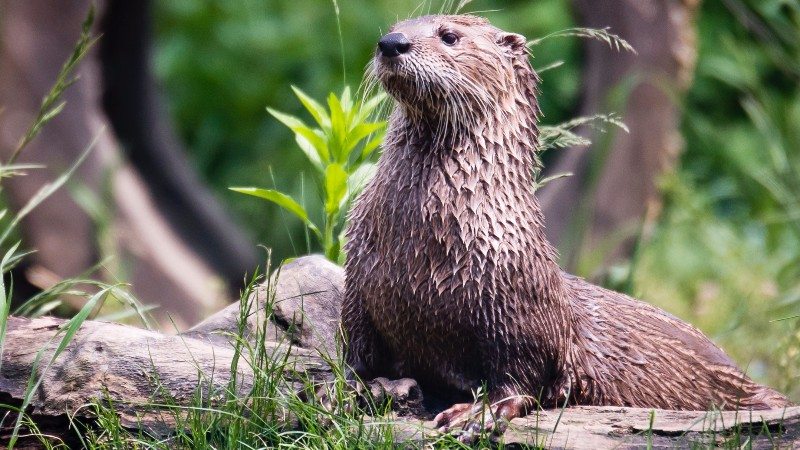
Otters have no such respect for beavers' castor mounds. These guys have a reputation for being "cute" and "playful," but they are actually tenacious predators.
Trappers are well aware of how fond otters are of taking over other animals dens. Rabbits, beavers, muskrats, and foxes living near the water are all at risk of being run out of their homes by these guys!
7. Muskrats and their scaly tails
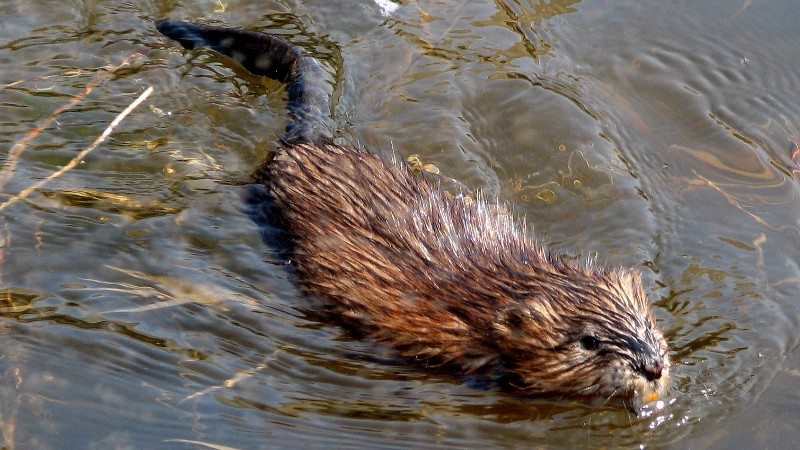
Muskrats are a critter that calls almost all of North America part of their natural range, but is largely unknown by kids today.
What makes these guys really special though is their unique tails. Making up about half their body length, covered in scales, and vertically flattened, their tails provide most of the power for swimming. There is no other known animal with a tail like theirs!
8. Red-tailed hawks use daredevil hunting methods
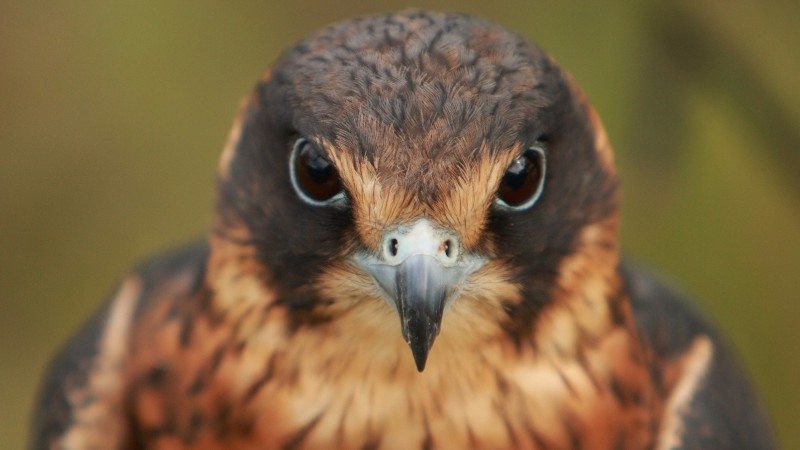
Red-tailed hawks have a special trick for hunting squirrels. They look for squirrels high up in the trees and land on a branch beneath them. The squirrel, suddenly very uncomfortable with a hawk nearby, climbs higher.
The hawk then follows, hopping up branches until the squirrel reaches the top of the tree. With nowhere else to go, the squirrel panics and jumps out of the tree.
The clever hawk then performs an aerial feat and dives straight down after the squirrel. If the hawk is good, they catch the squirrel and fly off before either touches the ground. It's a tricky maneuver that red-tails don't always pull off.
9. Through the eyes of owls
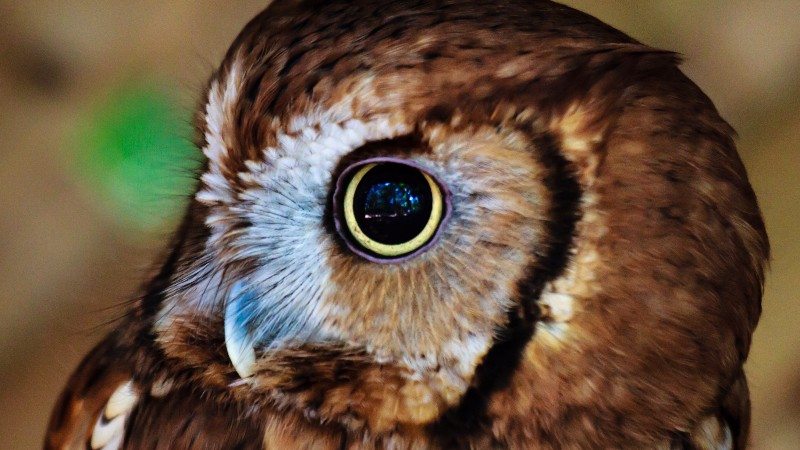
It's no surprise that owls have good eyesight. Just one look at them and it's clear that they have some impressive peepers! This doesn't just mean they see things in higher definition though. They actually can see a wider spectrum of light and colors, including ultraviolet light.
This is especially handy at night when you're looking for a rodent's urine trail, which glows to an owls eyes.
10. Bears snuff out the competition
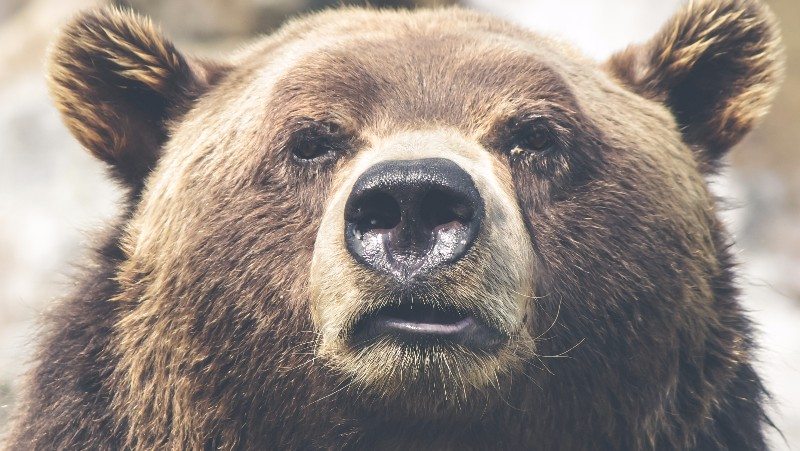
Or should I say that out-sniff the competition?! Dogs may have the reputation for an amazing sense of smell, but bears actually hold the world record for the most powerful nose.
Their sense of smell is estimated to be seven times more powerful than a bloodhound, or about two thousand times better than a human. This enables them to sense food as far as 20 miles away!
11. The snake's hidden superpower
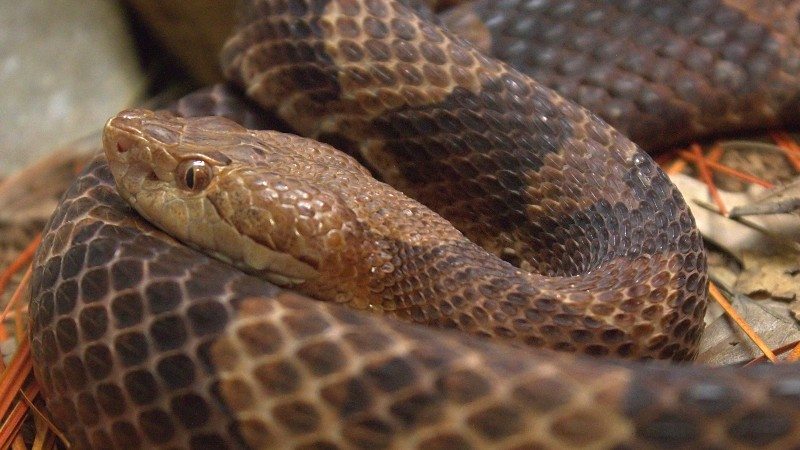
Ask any kid why a snake sticks out their tongue and many of them will tell you it's to smell. And while that may be somewhat true, there is a hidden superpower that some snakes are using when they flick out their tongues.
Snakes with pit organs actually have an incredibly sensitive ability to sense temperature. By flicking their tongue in and out they can detect variations as small as 0.2°F.
Some scientists have even theorized that this is so sensitive they can tell where a warm bodied animal has been moments before!
12. Bats, masters of mosquito hunting
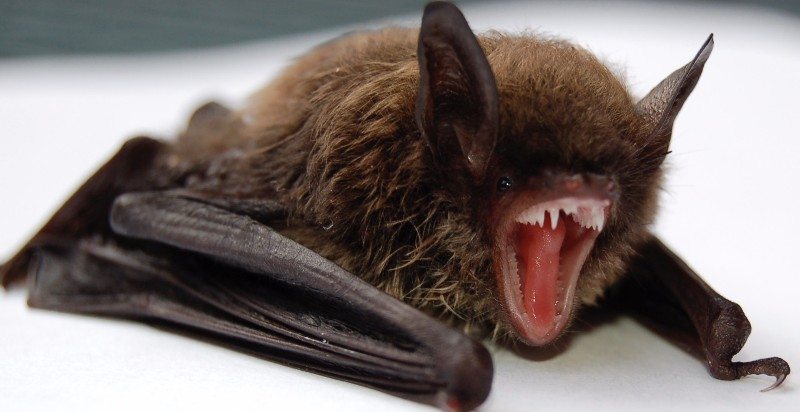
Bats are everyone's favorite Halloween mascot. But the real appreciation for these creatures of the night should come in the summer for their mosquito control.
Most North American bat species are insectivores, eating primarily bugs. And wow, do these bats have an appetite! A single bat can consume up to eight thousand mosquitos in one night.
13. Tadpoles and toddlers
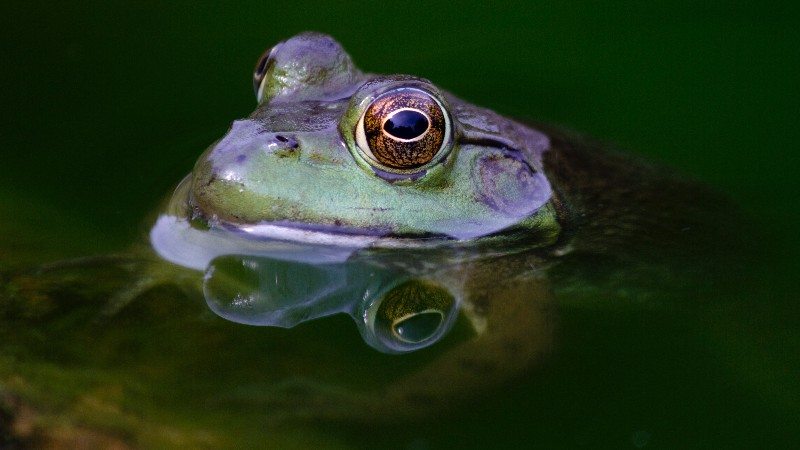
Bullfrogs are cool. They're loud, big, and depending on where you live, could be as old as your toddler before they make the leap from tadpole to frog.
In colder areas, bullfrog tadpoles can take as long as three years to metamorphosize. Warmer areas can speed the process up to just a few months, talk about mature for their age!
14. Squirrels might be paranoid
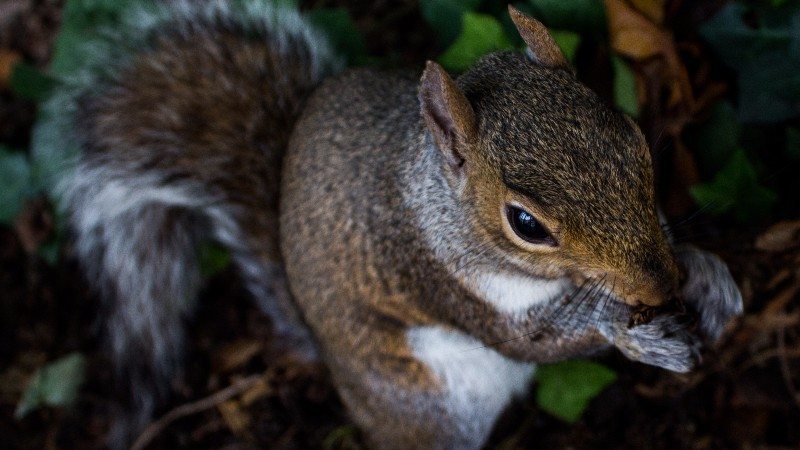
Ever see a squirrel digging for seemingly no reason? Squirrels have been known to pretend to bury objects to confuse would-be thieves. For good reason, too!
It's estimated that squirrels lose up to a quarter of their food stores to theft, and that's not counting the food they simply forgot where it was buried at!
15. Deer, velvet, and a new organ every year
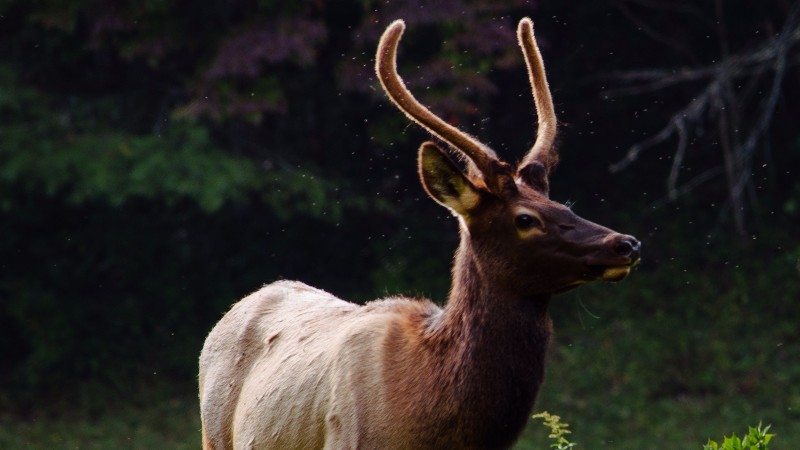
If you're here, you probably know that male deer have antlers. Not horns, but antlers.
So what's the difference? Well, antlers are an organ with blood vessels, nerves, bones, and other specialized tissues that grow and calcifies into bone each year. That fuzzy looking velvet is actually the skin of the antler organ.
Antlers are the only example of an organ that is shed and regrown annually.
NEXT: WITH THESE NEW RULES, COLORADO SHED HUNTING IS ABOUT TO CHANGE
WATCH
